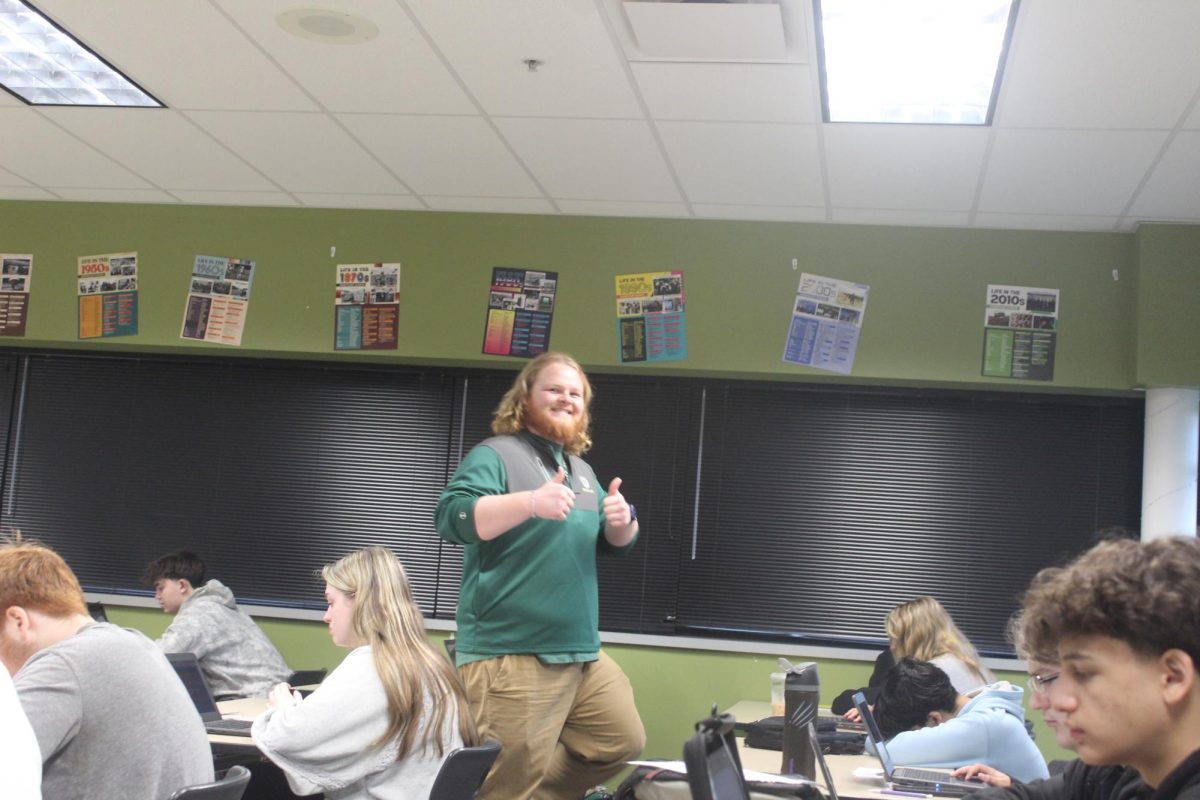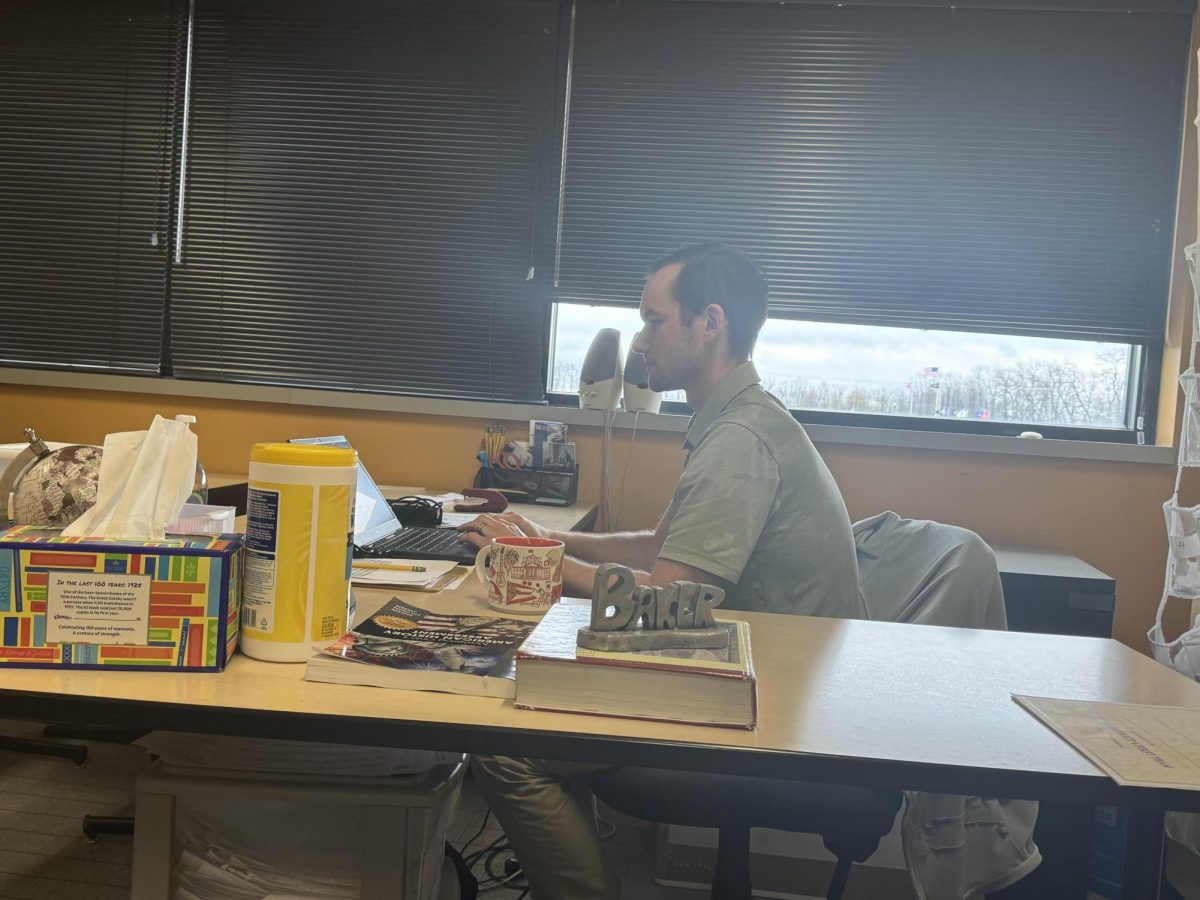Imagine paying $30,000 in college tuition and getting kicked out mid-year.
In the midst of the Coronavirus outbreak, Gov. Mike DeWine has requested that all colleges in Ohio switch to remote learning. Consequently, college students are being forced to move out of dorms with short notice.
In response to DeWine’s statement, universities across Ohio suspended on-campus classes and switched to online learning. Kent State University, along with 15 other colleges in Ohio, announced that remote learning will be extended for the rest of the semester. According to DeWine, the K-12 school closures may even have to be extended.
The switch to online learning has caused confusion for both students and teachers. Emma Saunders, Kent State University freshman, says remote learning has been unorganized thus far.
“All of my professors are just as confused as we are,” Saunders said.
According to Saunders, many students feel that they are not receiving the education they paid for while learning online.
Along with confusion regarding remote learning, college students are also being bombarded by the stress of moving out. Due to campus closure advisory, most universities are asking students to move out of their dorms. For many students, moving unexpectedly is not financially plausible. Additionally, many students live far away from their college and returning home is a long journey that cannot be completed on such short notice. For example, consider students that go to school internationally.
Saunders states that Kent State University gave students until March 20 to move out of their dorms. In special circumstances, however, students may be allowed to stay on campus. The guidelines for these circumstances are undefined as of now and vary with each university.
Campus closures have caused questions regarding refunds to arise. Saunders says Kent State University is refunding room, board, and meal plan fees for every student who moves out by the deadline.
“I don’t really know what other colleges are doing, but I hope they give out refunds since we’re basically getting kicked out,” Saunders said.
Hiram College, however, has chosen to keep dorms open for as long as possible for those with no other option. Although this seems like a good thing, it also means that refunds are not being offered to students as of now.
Additionally, DeWine has ordered that restaurants limit services to take-out and delivery only. This order has caused layoffs to accelerate and applications for unemployment to increase. According to a survey conducted by the National Restaurant Association, 45 percent of restaurant workers aged 18-24 are also enrolled in school. Meaning, nearly half of college aged restaurant workers are students as well.
The prevalence of college students working in the food industry indicates that many of them will be affected by layoffs. This situation only worsens the financial crisis that many college students are facing as a result of dorm closures.
Not only are college students attempting to move out in a timely manner and adapt to remote learning, they are also being faced with financial burdens and a seemingly lower quality of education.






